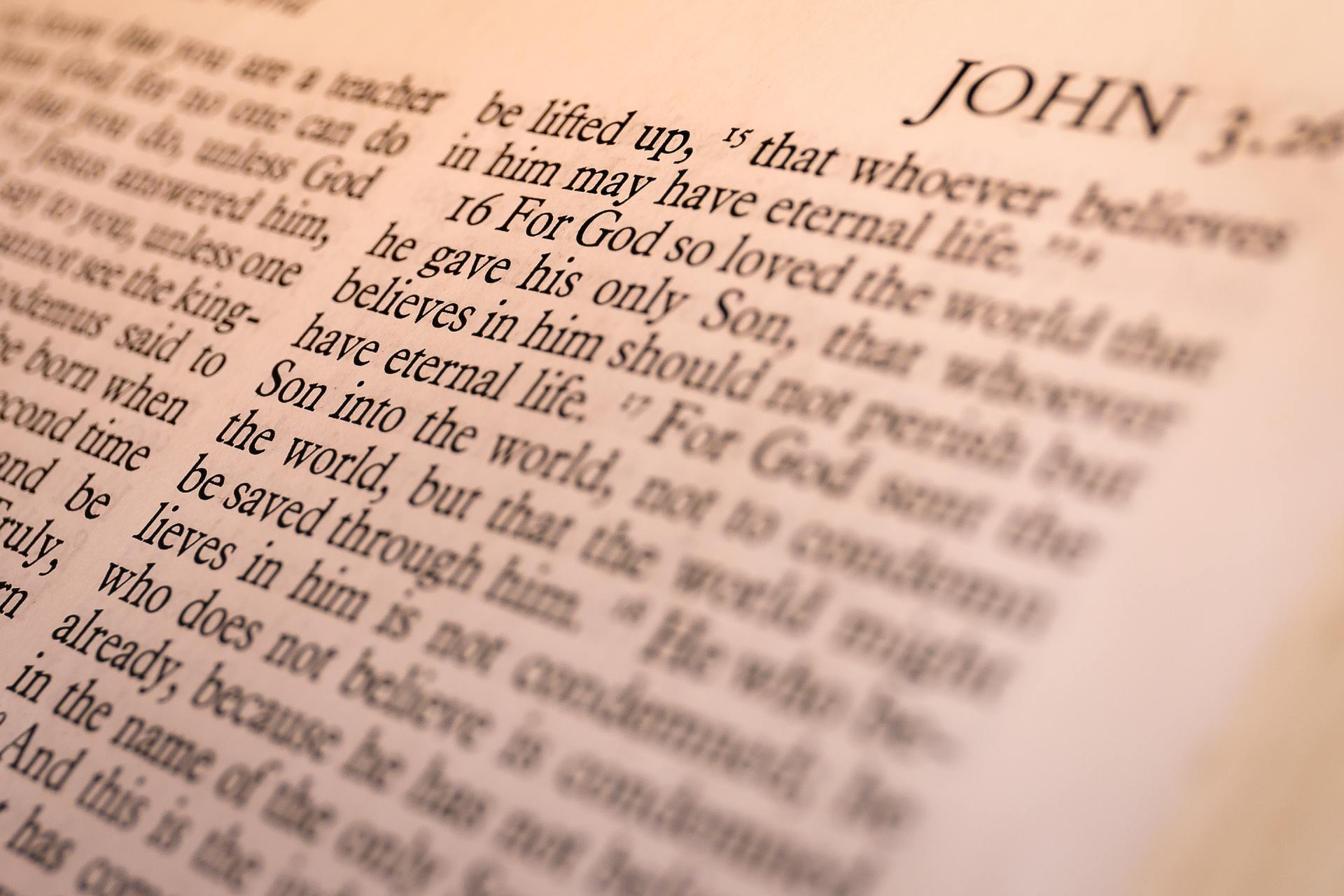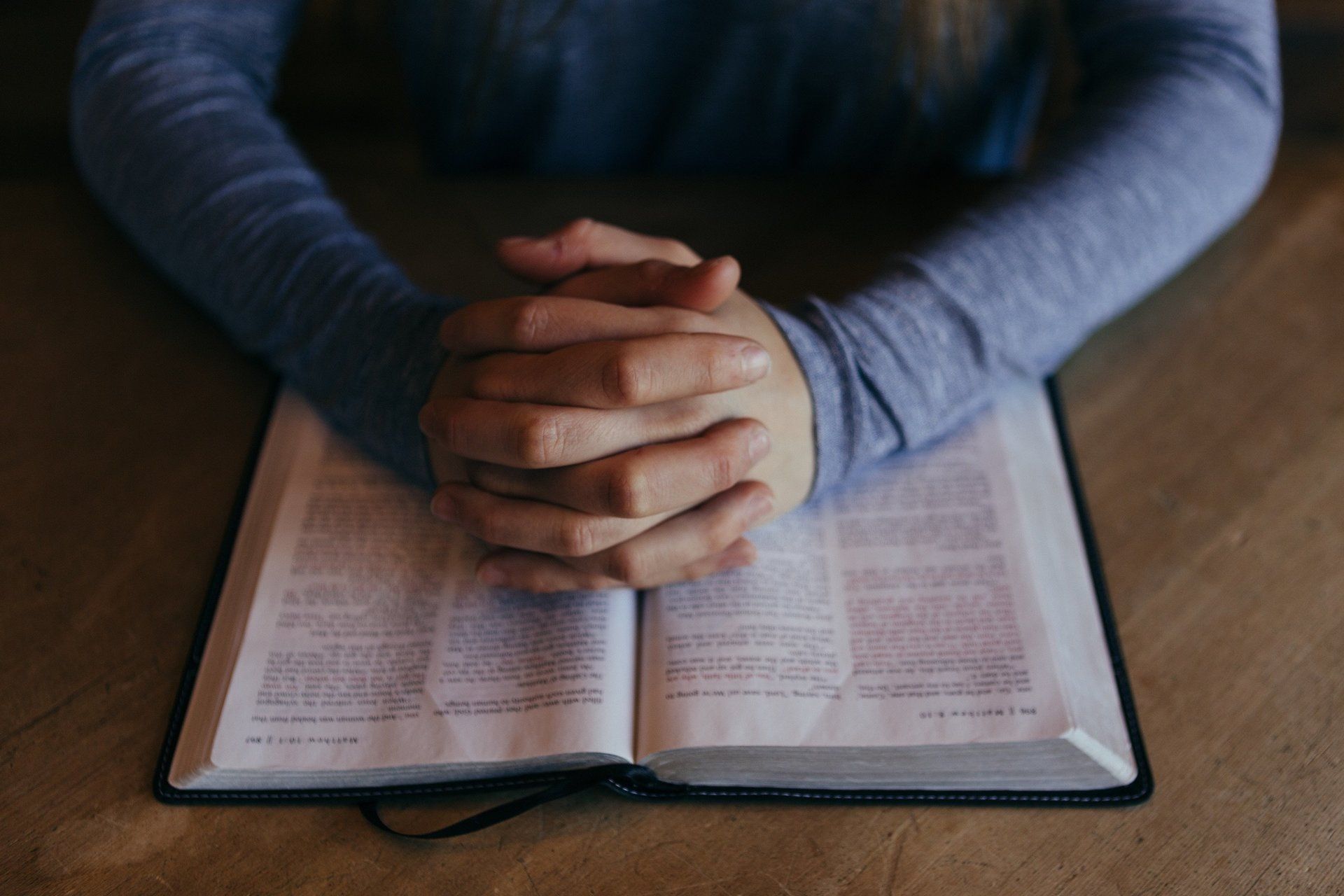The Season of Advent: A Journey of Preparation and Hope
Advent, derived from the Latin word adventus meaning "coming" or "arrival," is a deeply spiritual season in the Catholic Church that marks the beginning of the liturgical year. It is a time of preparation, reflection, and anticipation, focusing on the twofold coming of Jesus Christ: His birth over 2,000 years ago and His eventual return in glory.
When Does Advent Begin?
Advent begins on the Sunday closest to November 30, the Feast of St. Andrew, and lasts for four weeks. These four weeks serve as a spiritual journey that leads the faithful to Christmas, the celebration of Christ’s birth. Each Sunday of Advent has its own theme and significance, building upon the spiritual preparation for Christ’s coming.
The Symbols of Advent
The Church provides rich symbols during Advent to guide Catholics in their reflections:
The Advent Wreath: A central symbol of the season, the Advent wreath is typically made of evergreen branches, representing eternal life, and holds four candles. Three of these candles are purple, signifying penance, preparation, and sacrifice, and one is pink, representing joy. A candle is lit each Sunday, with the light symbolizing Christ, the Light of the World.
The Colors of Advent: The liturgical colors of Advent are purple and rose. Purple conveys the penitential and reflective nature of the season, while rose, used on the third Sunday (Gaudete Sunday), reflects joy as the faithful draw nearer to the celebration of Christmas.
The Nativity Scene: Many Catholic households and churches set up nativity scenes during Advent. Often, the manger is left empty until Christmas, reflecting the anticipation of Christ’s arrival.
The Jesse Tree: This tree recounts the genealogy of Jesus through ornaments and symbols, connecting Old Testament prophecies to their fulfillment in Christ.
The Themes of Each Week
Each Sunday in Advent emphasizes a specific theme:
Hope (First Sunday): The season begins with a focus on the hope brought by the promised Messiah.
Peace (Second Sunday): Reflecting on the peace that Christ brings into the world.
Joy (Third Sunday, Gaudete Sunday): Rejoicing in the Lord as His coming draws near.
Love (Fourth Sunday): Meditating on the boundless love of God, made manifest in Jesus Christ.
Advent as a Time of Renewal
Advent is not only a time of external preparation, such as decorating and gift-giving, but also an opportunity for spiritual renewal. Catholics are encouraged to:
Participate in the Sacrament of Reconciliation: Advent is a penitential season, making it a fitting time to seek forgiveness and renew one’s relationship with God.
Engage in Prayer and Scripture Reading: Meditating on the readings of the season deepens the understanding of God’s promises and their fulfillment in Christ.
Practice Works of Charity: By helping those in need, Catholics embody the love and generosity of Christ.
The Twofold Focus of Advent
Advent uniquely intertwines past, present, and future:
Past: Remembering and celebrating the Incarnation, when God took on human flesh in the person of Jesus Christ.
Future: Anticipating the Second Coming of Christ, when He will return to judge the living and the dead.
Present: Recognizing Christ’s presence in daily life, especially in the Eucharist and acts of love.
Advent is a season of quiet joy and expectant hope, calling Catholics to prepare their hearts and minds for the coming of Christ. It is a time to slow down amidst the busyness of the modern world, reflect on God’s promises, and draw closer to Him. As the Advent hymn "O Come, O Come Emmanuel" so beautifully expresses, it is a season of longing and anticipation, culminating in the celebration of God’s greatest gift: the birth of His Son, Jesus Christ.
This Advent, let us journey together in faith, hope, and love, preparing our hearts to welcome the Lord anew.




